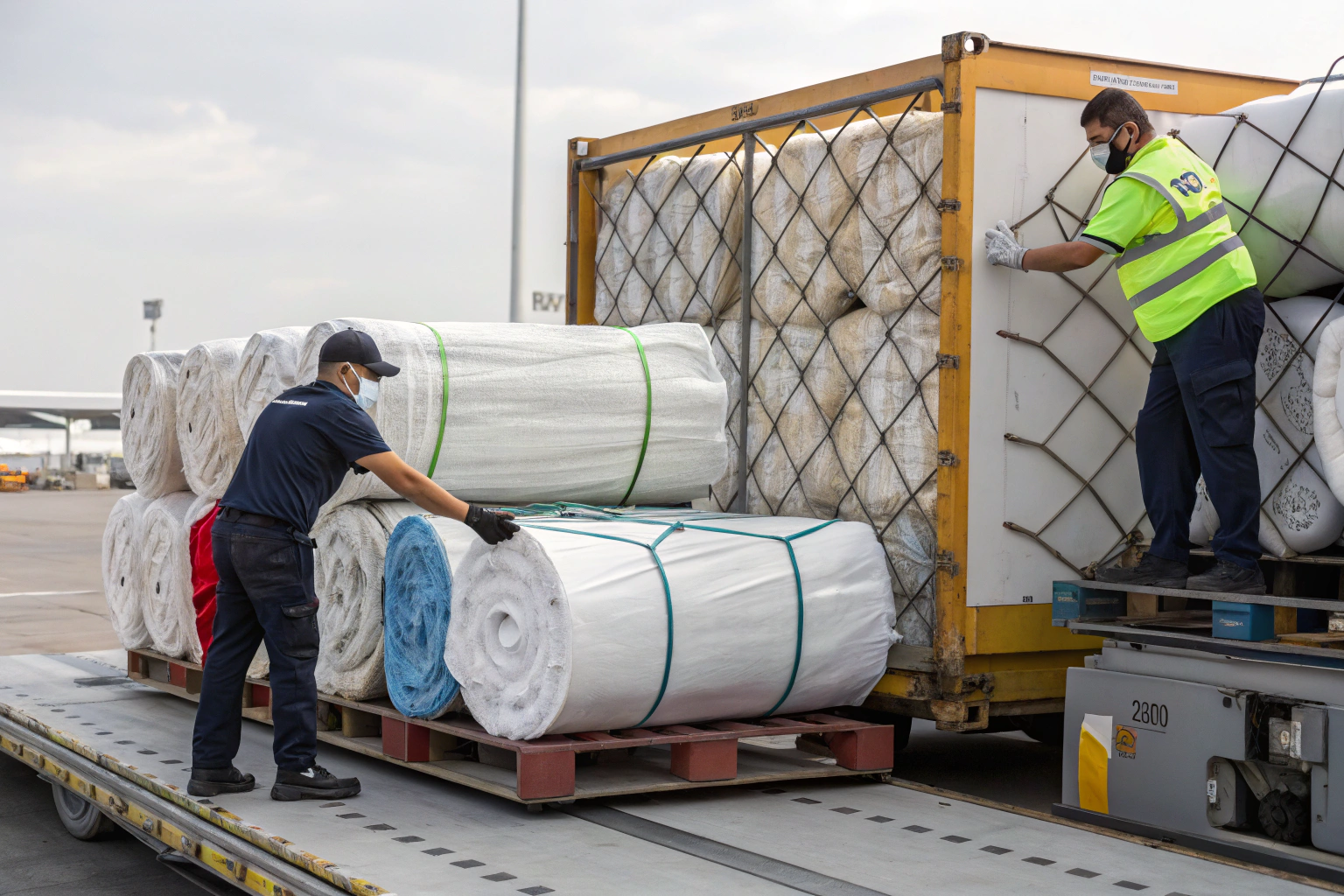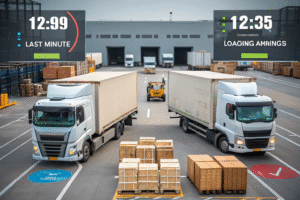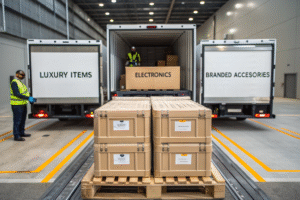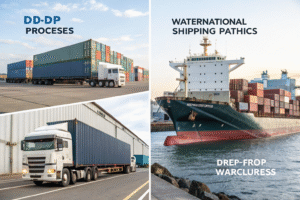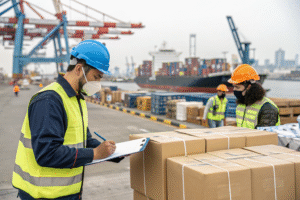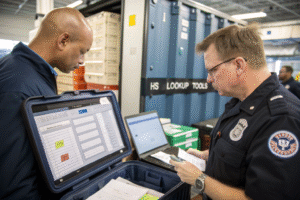Textiles are delicate, valuable, and time-sensitive. Many U.S. importers like Ron rely on consistent fabric shipments from Chinese suppliers to fuel apparel production, retail demand, and seasonal launches. But a single late or damaged shipment can disrupt an entire collection. At GeeseCargo, we specialize in reliable textile shipping—because we know your fabric is your foundation.
The most reliable way to ship textiles from China is via customized ocean or air freight with reinforced packaging, clear documentation, and flexible delivery solutions managed by experienced freight forwarders.
Shipping fabric isn’t just about moving rolls from A to B. It’s about protecting quality, ensuring timing, and navigating customs without delay. Let’s explore how we help brands get textiles delivered safely and reliably, every time.
What Shipping Methods Work Best for Textiles?
Not all fabrics are created equal—and not all should ship the same way. The method depends on your timeline, budget, and product sensitivity.
Ocean freight works well for bulk textile shipments, while air freight is ideal for urgent or delicate materials.
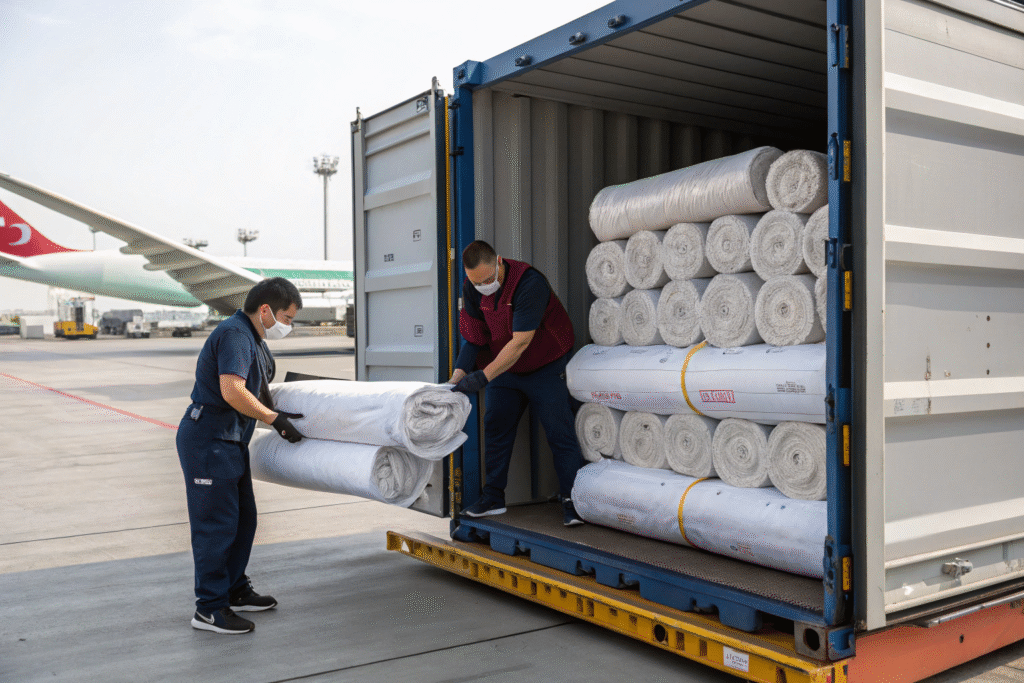
When Should You Use Ocean Freight for Fabric?
Ocean freight is the most common method for large-volume textile orders. Fabric rolls packed into containers travel from Chinese ports like Qingdao or Ningbo to the U.S. in 18–35 days.
We work with carriers like COSCO Shipping and Yang Ming to offer FCL or LCL options with consistent weekly sailings.
For cotton, polyester, denim, or jersey in high volumes, this method provides excellent cost-efficiency. Our team arranges container stuffing and moisture-prevention techniques to protect the cargo.
Is Air Freight a Better Option for High-Value Textiles?
If you're shipping silk, lace, sample swatches, or fast fashion collections, air freight ensures speed and reduces the risk of wrinkling or moisture damage.
We use carriers like DHL Aviation and Cathay Pacific Cargo to route textiles to the U.S. in 3–6 days. This is especially useful before fashion shows, new season launches, or restocks.
Our textile clients often use a hybrid strategy: bulk by sea, samples by air.
How Do You Ensure Fabric Is Protected During Transit?
Shipping fabric is risky if handled poorly. It absorbs moisture, gets creased, or shifts in transit if not packed correctly.
Reliable textile shipping requires anti-moisture packaging, secure roll placement, and clear handling labels to maintain fabric integrity.
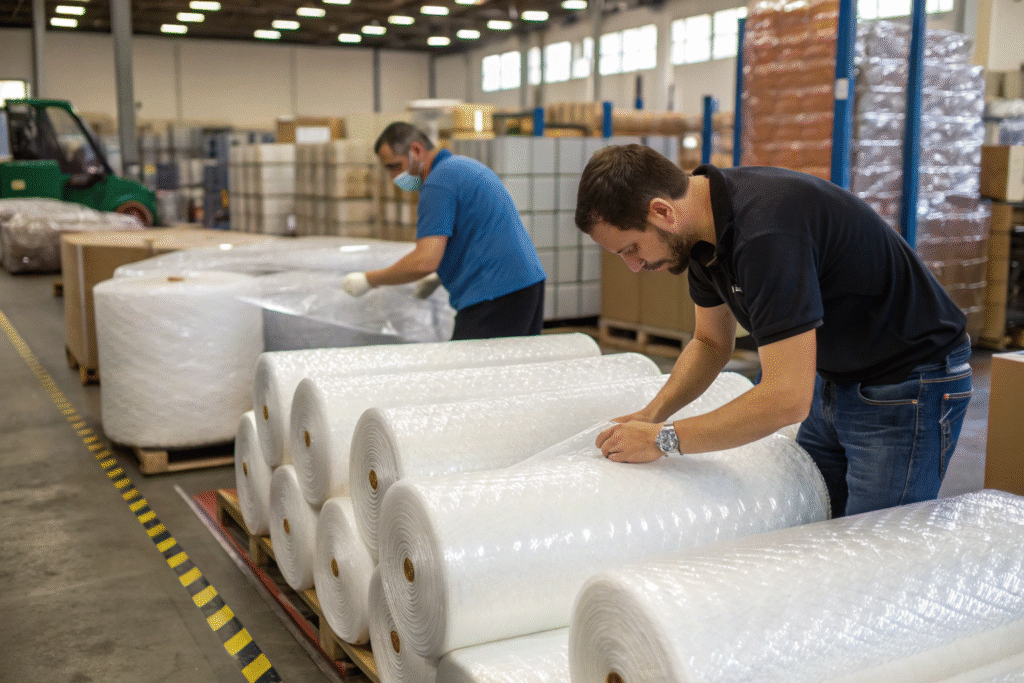
What Is the Best Way to Package Fabric?
We recommend rolling fabric around reinforced paper or PVC cores, then wrapping with plastic film and kraft paper. For ocean freight, desiccants and silica gel packs are essential to avoid mildew.
For high-end textiles, vacuum packaging or crate boxing offers added protection. Each roll is labeled by SKU, yardage, and inspection status.
Logistics partners like EFL Global and DB Schenker also offer specialized packaging services for the textile sector.
Can You Prevent Moisture Damage?
Yes. Moisture is the #1 enemy of textiles in sea freight. We use container desiccant bags, ventilated liners, and fumigation-prepped pallets for sensitive fabric types.
We also avoid transshipment routes during monsoon seasons in Asia. Our team monitors AccuWeather and China Meteorological Administration forecasts to recommend safer shipping windows.
How Can Customs Delays Be Avoided for Textile Cargo?
Textiles are highly regulated due to quotas, origin rules, and labeling laws. Even one missing document can delay your shipment by weeks.
To avoid customs delays, forwarders must ensure proper HS codes, C/O documents, and labeling compliance for textile cargo.
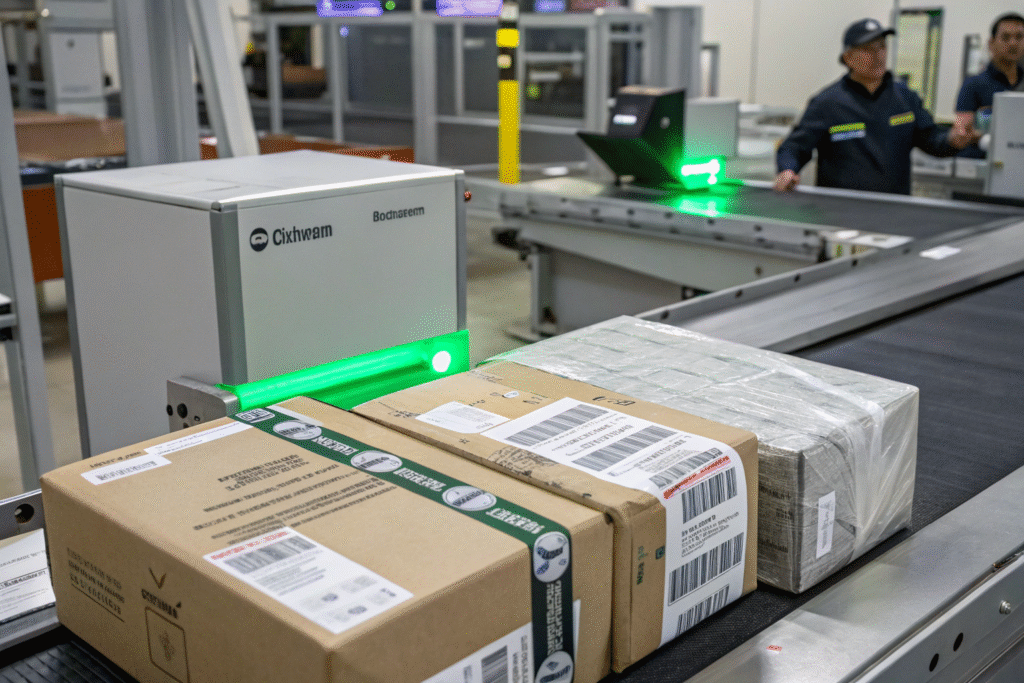
What Documentation Is Needed for Fabric Shipments?
We prepare:
- Commercial Invoice
- Packing List
- Certificate of Origin
- Textile Declaration (if required)
- Bill of Lading or AWB
Using correct HS Codes (like 5208.39 for woven cotton) is crucial. We reference Harmonized Tariff Schedule to classify products properly and avoid random inspections.
We also confirm if your textile falls under any CBP regulations or UFLPA enforcement alerts.
Do U.S. Textile Imports Need Quotas or Licenses?
Some fabric types may fall under Section 301 tariffs or bilateral trade agreements. For example, apparel lining or elastic fabrics may have restrictions.
We check using databases like OTEXA and work with customs brokers to ensure no shipment gets flagged.
Our team also pre-submits import data via ACE Portal to speed up clearance.
What Services Do Freight Forwarders Offer for Textile Shipping?
Freight forwarders like GeeseCargo offer more than transportation—we manage the full textile logistics chain.
We offer carrier booking, container optimization, document preparation, warehousing, and delivery scheduling for textile clients.

Can Forwarders Offer Consolidation for Smaller Textile Orders?
Yes. If you’re sourcing from multiple factories in China (e.g., Shaoxing, Guangzhou, Keqiao), we consolidate rolls into one shipment.
We use regional collection hubs and short-haul trucking before export. Our partners like Cainiao or CJ Logistics ensure tight pickup windows and cost-effective transfers.
Consolidation saves money and simplifies customs processing.
What If You Need Fabric Stored Before Delivery?
We offer warehousing near ports and air hubs for buffer storage. This helps clients delay delivery until payment is received, production is scheduled, or a DDP order is approved.
Our bonded warehouses reduce duty exposure and integrate with WMS platforms like Logiwa for real-time inventory updates.
Conclusion
Shipping textiles from China isn’t just about cost—it’s about reliability, protection, and smart execution. At GeeseCargo, we’ve spent years refining fabric logistics to help buyers like Ron receive shipments in top condition, on time, and with total transparency.
Whether you’re shipping hundreds of rolls by sea or high-end lace samples by air, we offer solutions tailored to textile needs—from packaging and customs to warehousing and last-mile delivery. Let us be your fabric logistics partner—and never worry about missing a production deadline again.
